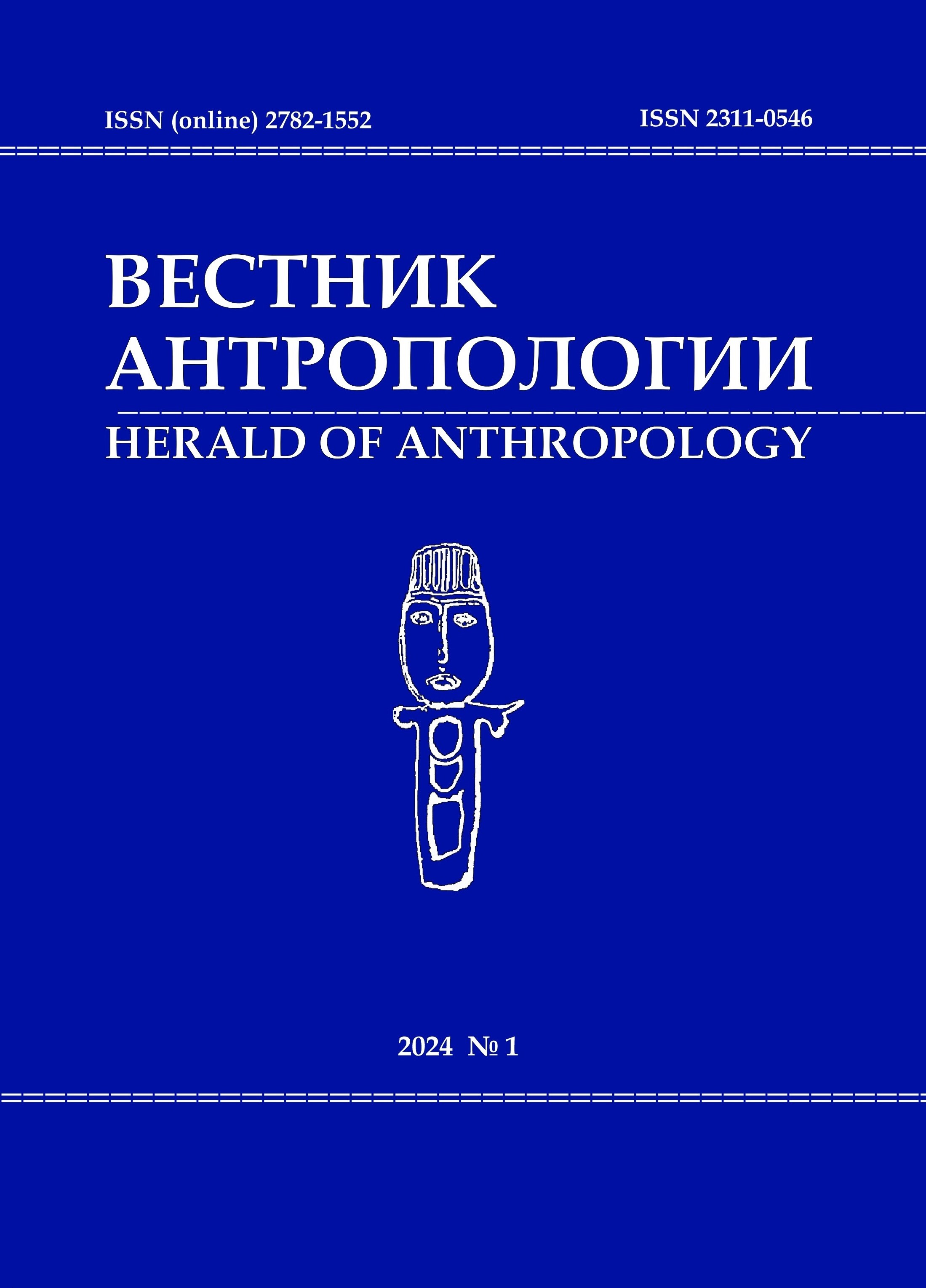The Mordvins’ Wheeled Vehicles: Typology and History of Usage
10.33876/2311-0546/2024-1/234-254
Keywords:
Wheeled vehicles, Mordvins, household, everyday life, rituals, field dataAbstract
Wheeled vehicles played a significant role in the economic life and in leisure activities of the Mordvins. The cart was used to transport various goods and luggage, served for trips to the forest, the haymaking, the field, the mill, the bazaar, to neighbors, to prayers, etc. Similar in design, they had differences in the structure of the body mounted on the chassis of a horse-drawn carriage, which varied depending on the cargo being transported. The design of the Mordovian carts was similar to the design of the peoples of the Middle Volga region; only the names and some body construction details differed. Usually a farm had one cart, which was used to perform a variety of tasks in the peasant economy. Carts of simpler forms were made by the peasants themselves, while the Mordovian carriage industry with its centers became widespread by the middle of the XIX century. Wheeled vehicles were conventionally divided into household (cart "box", droga, sheaf wagon, dung truck, oder, ratka, rydvan, cart, mail, bread truck, water truck, fire horse–drawn carts, special - wheelbarrows, etc., handcarts, wheelbarrows) and crew (tarantass, walker, cart, droshky, cab, ruler, chaise, carriage, etc.) types. The presence of wheeled vehicles with information on their distribution, purpose or details of structures in some localities is confirmed by field-collected (including outside the Mordovian territory/republic), linguistic (Mordovian-Erzya and Mordovian-moksha dictionaries), toponymic and other data. The existence of various means of transport or their component parts is more or less directly reflected in the oral poetic creativity of the Mordvins.





















